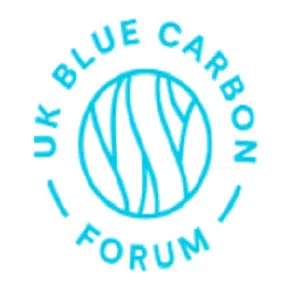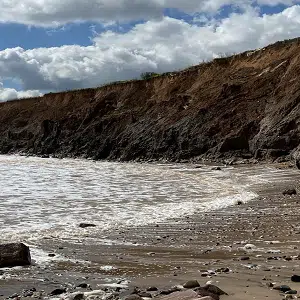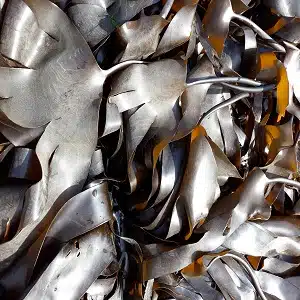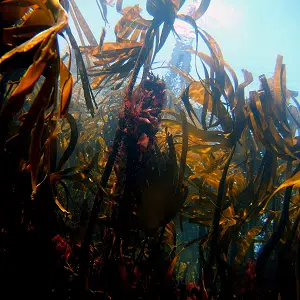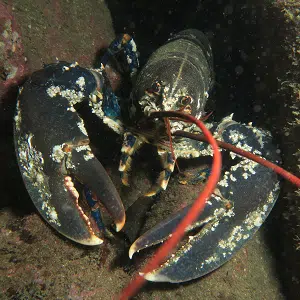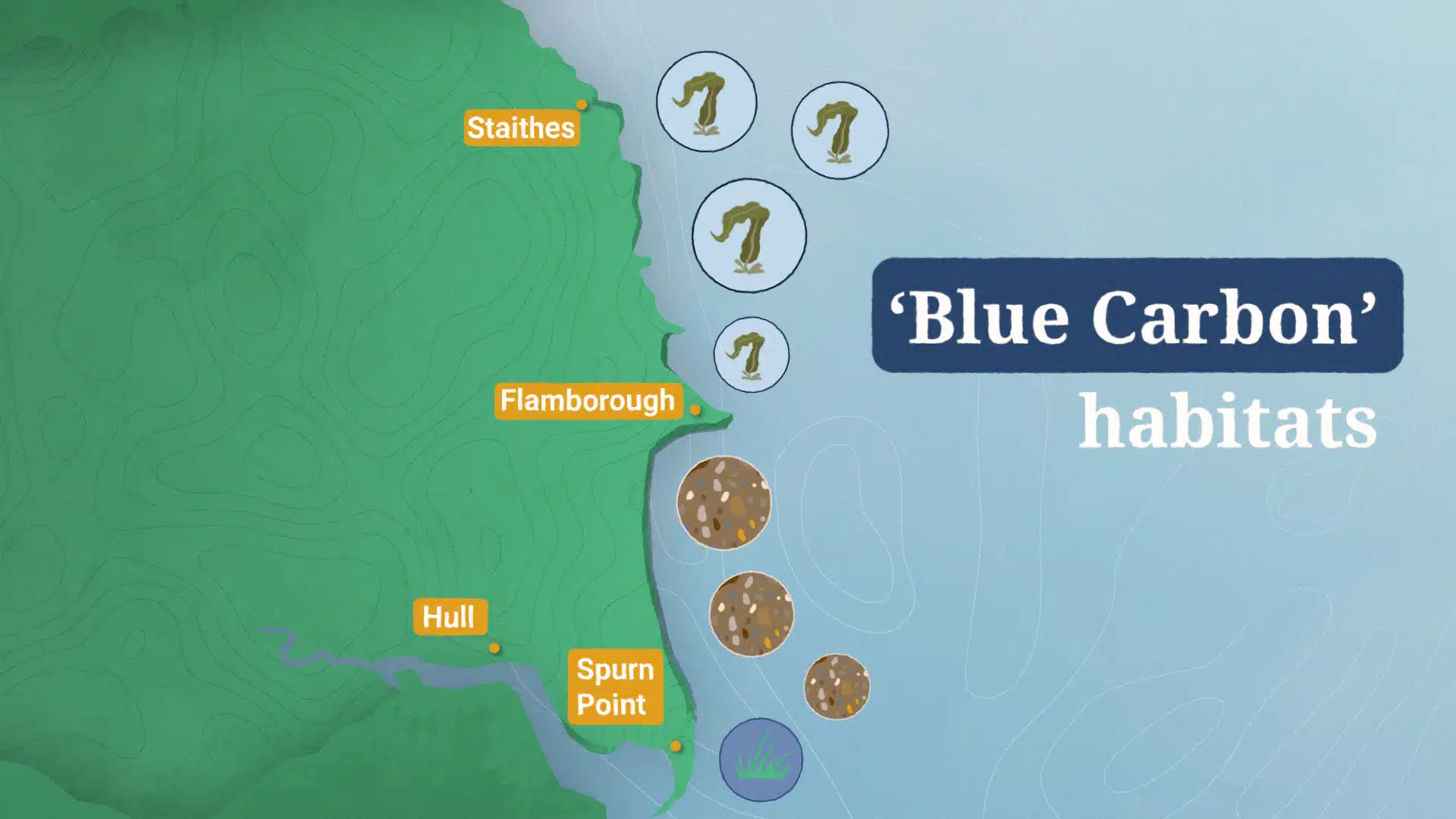Nature’s way of helping us to clean our atmosphere…
Curious to know more? You can find extra information and links below the animation screen.
If you would like to use or show this animations in your own settings, please get in touch [email protected]
Where are our ‘blue carbon’ habitats?
On the Yorkshire coast, we have a few different habitats that can absorb or ‘trap’ both organic and inorganic carbon:
- Kelp forests – from Staithes to Flamborough, our kelp beds act like underwater forests, by drawing down carbon and releasing oxygen. They are also provide important food and shelter for a wide range of wildlife. Kelp forests are sometimes known as ‘ecosystem builders’ because they are so integral to other species.
- Sediments – these include the sweeping beaches of the Holderness coast, hidden sandy coves in North Yorkshire, and much of the offshore environment which is hidden beneath the waves. As dead animals and plants sink to the seabed, undisturbed sediments can ‘trap’ this organic carbon for many years.
- Saltmarsh and seagrass – small amounts of saltmarsh are present in the Esk at Whitby and in the Humber Estuary, where seagrass also grows. Whilst great at absorbing carbon, the dynamic nature of our open coast means that there are no large areas of these habitats outside of the sheltered estuaries.
It can be really difficult to map and monitor our blue carbon habitats because they are quite hard to access, it needs a lot of specialist expertise and a lot of resources. A few national studies have been done to try and understand more about the ‘services’ we receive from the marine environment – like removing carbon from the atmosphere, or providing us with food and energy – but there’s still so much to learn!
Want to know more?

